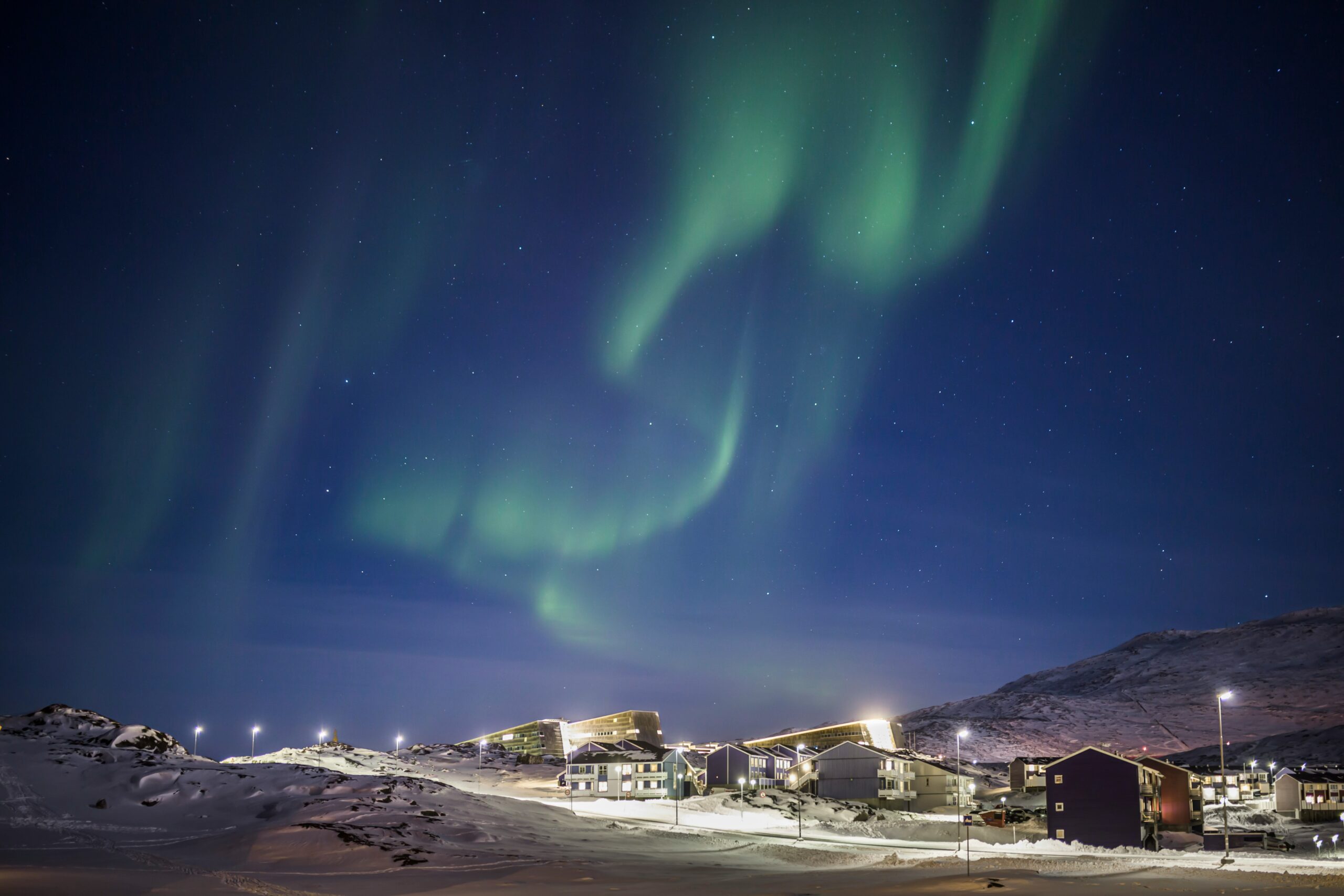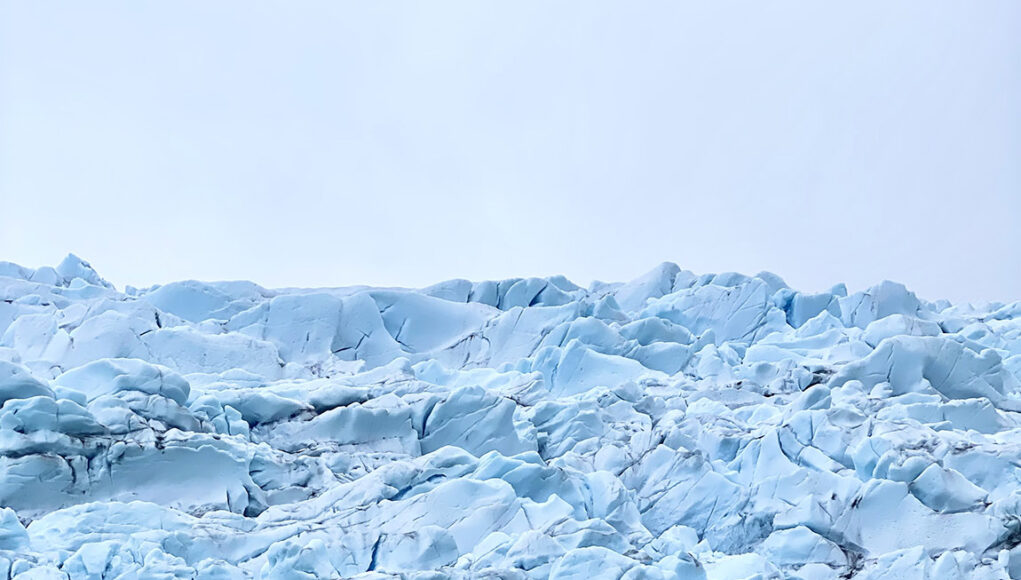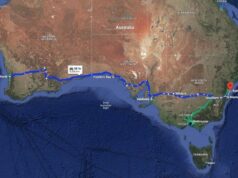A journey to Greenland is a voyage into one of the world’s last true wildernesses. While land-based exploration offers its own rewards, there is no better way to experience the sheer scale and raw beauty of this colossal island than from the water. An arctic boat charter in Greenland is not just a trip; it’s a full-fledged expedition, offering unparalleled access to towering icebergs, deep fjords, and a vibrant arctic ecosystem. This guide covers what you can expect, the best time to go, popular itineraries, and essential tips for planning your unforgettable adventure.
Table of Contents
- Why Choose a Boat Charter?
- Popular Itineraries and Destinations
- Best Time to Go
- What to Expect on Board
- Costs and Booking Your Charter
- Wildlife and Nature Encounters
Why Choose a Boat Charter?
Greenland’s geography makes boat travel the most effective and often the only way to explore its most spectacular features. With few roads connecting settlements, the sea is the highway. A boat charter offers a level of flexibility and intimacy that larger cruise ships cannot match. Whether you’re a seasoned sailor or an adventurous traveler, you can choose a private yacht or a spot on a small expedition vessel. These boats can navigate narrow fjords and get close to the calving fronts of glaciers, providing a truly immersive experience.
 Popular Itineraries and Destinations
Popular Itineraries and Destinations
Boat charters in Greenland typically focus on three main coastal regions, each with its unique character:
- East Greenland: This is the wild heart of Greenland. The Scoresby Sund, the world’s largest fjord system, is a major highlight. Here, you can sail through a labyrinth of icebergs and mountains, visit the remote settlement of Ittoqqortoormiit, and scout for wildlife like muskoxen and polar bears (Secret Atlas).
- West Greenland: The more populated coast, home to the capital, Nuuk, and the UNESCO World Heritage Site, Ilulissat Icefjord. This region offers a blend of stunning natural beauty and cultural experiences. You can witness colossal icebergs calve from the Sermeq Kujalleq glacier and go whale watching (Swoop Arctic).
- South Greenland: Known as the “Arctic’s breadbasket,” this region is a surprising mix of green pastures and dramatic fjords. It’s rich in Viking history, with sites like the reconstructed Brattahlíð, and offers opportunities for hiking and visiting hot springs.
Best Time to Go
The sailing season in Greenland is relatively short, dictated by the sea ice.
- June to August: This is the peak season for boat charters. The days are long with the “midnight sun” providing almost 24 hours of daylight for exploration. Coastal areas are free of snow, and wildlife is abundant (Adventure Life). This is an excellent time for activities like hiking and kayaking.
- September: As autumn arrives, the landscape is painted with vibrant colors, and the nights grow longer. This is a prime time for those hoping to witness the mesmerizing Northern Lights, as well as for a final chance at expedition cruises before the pack ice returns (Adventure Life).
What to Expect on Board
Charter boats range from smaller, traditional sailboats to comfortable, ice-strengthened expedition vessels. Many charters offer a “hands-on” experience, where guests can participate in tasks like taking the helm, hoisting sails, and navigating, providing a sense of true expeditionary travel (Venturesail Holidays). Most private and expedition charters are all-inclusive, covering meals, expert guides, and essential safety equipment. Cabins are generally comfortable, with some larger vessels offering amenities like saunas and hot tubs.
Costs and Booking Your Charter
The cost of a Greenland boat charter varies widely based on the duration, type of vessel, and itinerary. Week-long trips on small expedition ships can start from around $10,000 to $15,000 per person (Quark Expeditions). Private yacht charters can be significantly more expensive, with weekly rates starting from over $150,000 for a luxury experience (Northrop & Johnson). It is highly recommended to book well in advance, especially for the peak summer months, as availability is limited.
Wildlife and Nature Encounters
A boat charter is the best way to get up close and personal with Greenland’s incredible wildlife. You might spot humpback whales breaching in the fjords, seals resting on ice floes, and a variety of arctic birds. The more remote eastern and northern regions offer a chance to see muskoxen on the tundra and, though rare, polar bears on the ice. The landscapes themselves are the main event—vast fjords, colossal icebergs, and immense glaciers that make you feel truly small in the face of nature.
FAQs
What are the visa requirements for visiting Greenland?
Greenland is a self-governing part of the Kingdom of Denmark. If you are a citizen of a Schengen area country or a country that has a visa waiver agreement with the Schengen area, you generally do not need a visa for short stays. However, for citizens of other countries, a visa for Denmark with a specific note for Greenland is required. It’s essential to check the latest regulations with your local Danish embassy or consulate.
How do I get to Greenland to start my charter?
Most international travelers fly to Greenland via Copenhagen, Denmark, or Reykjavik, Iceland. From these hubs, you can take a flight to major Greenlandic airports like Kangerlussuaq, Narsarsuaq, or Kulusuk, depending on your charter’s departure point. Some expeditions, particularly to East Greenland, include charter flights in their package.
What should I pack?
Layering is key for an arctic adventure. Pack warm, waterproof, and windproof outer layers, as well as insulated mid-layers and thermals. Bring waterproof boots, a warm hat, gloves, and a scarf. Don’t forget bug spray for the summer months and a good camera to capture the stunning scenery.
Is sailing in Greenland safe?
Yes, reputable charter companies and tour operators prioritize safety above all else. They use ice-strengthened vessels and employ experienced guides and crew who are knowledgeable about navigating arctic waters. Safety briefings and protocols are a standard part of every expedition.



















